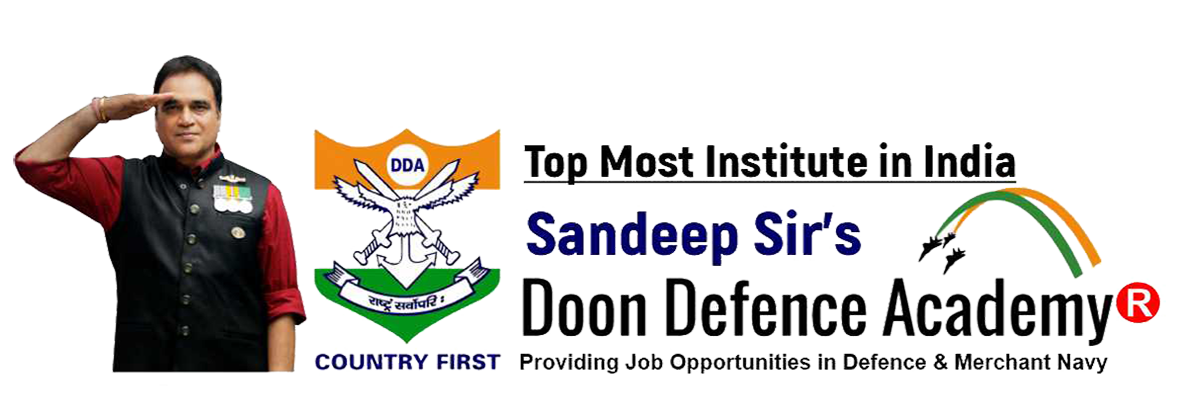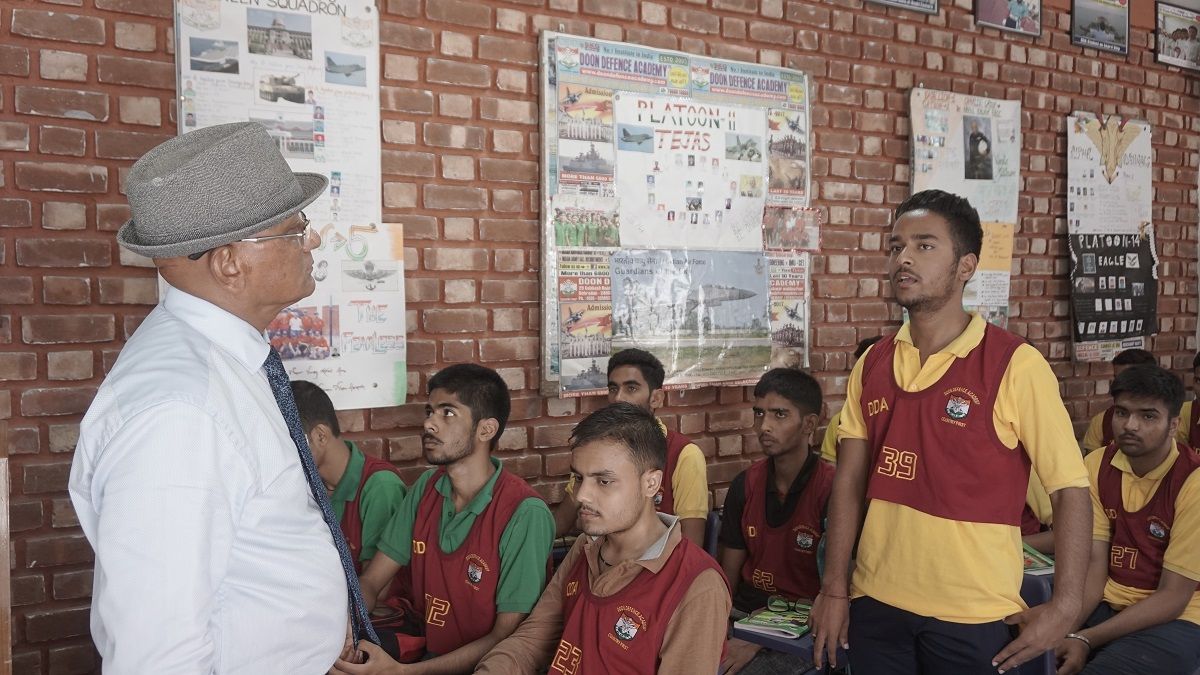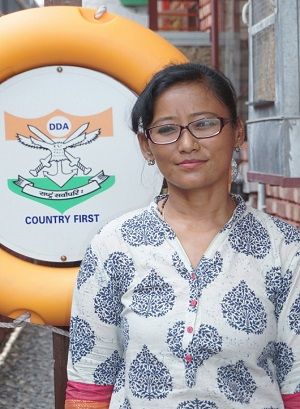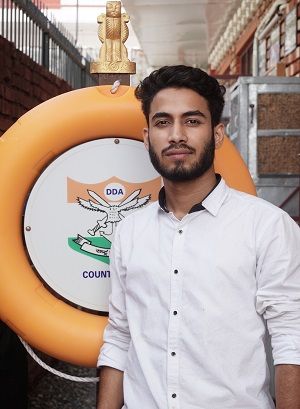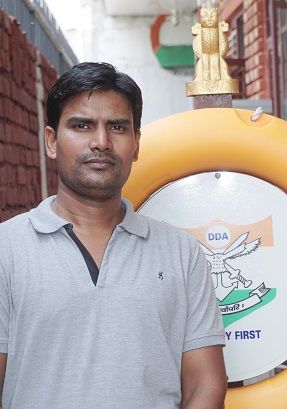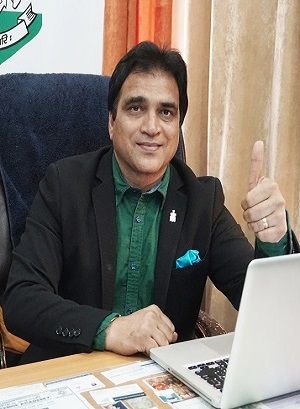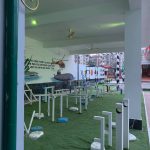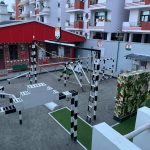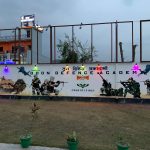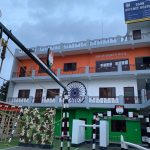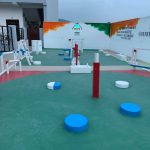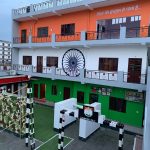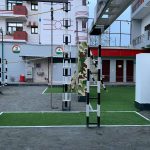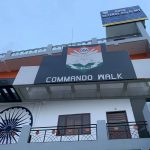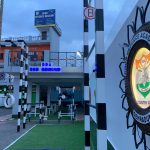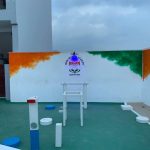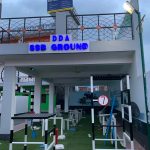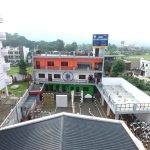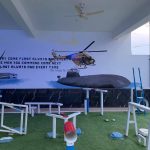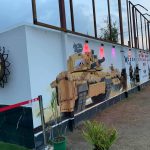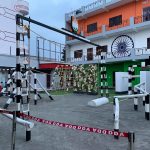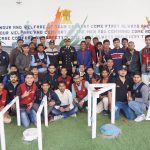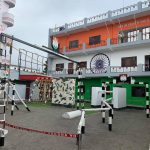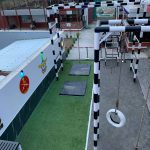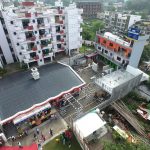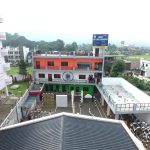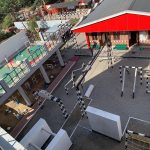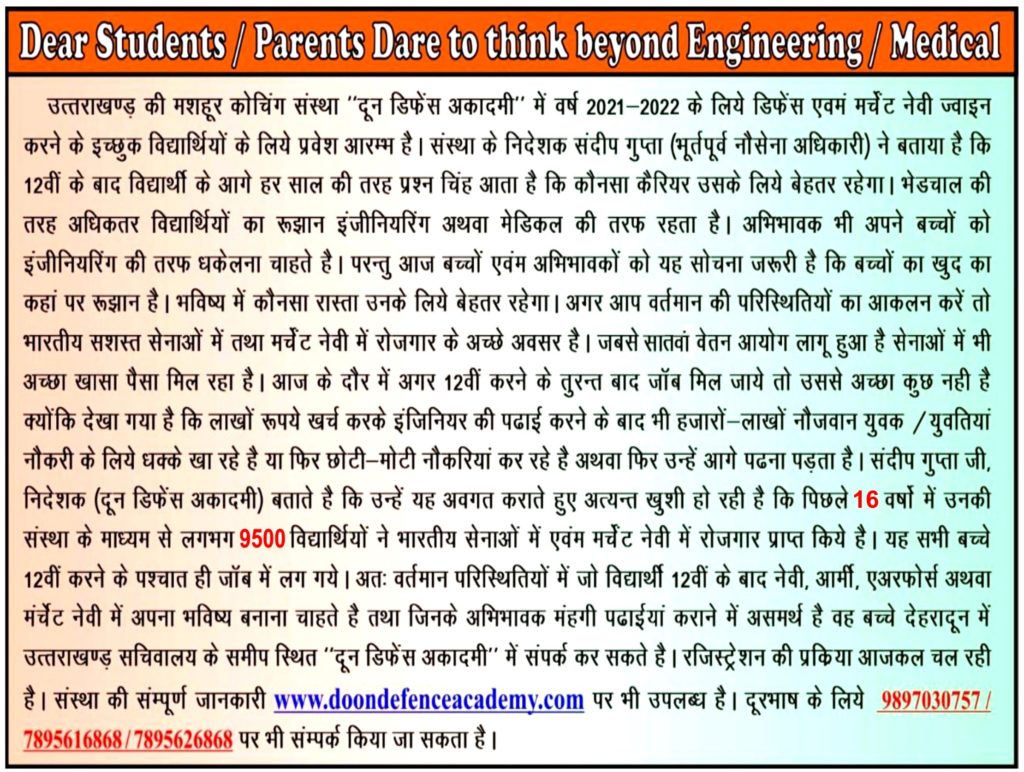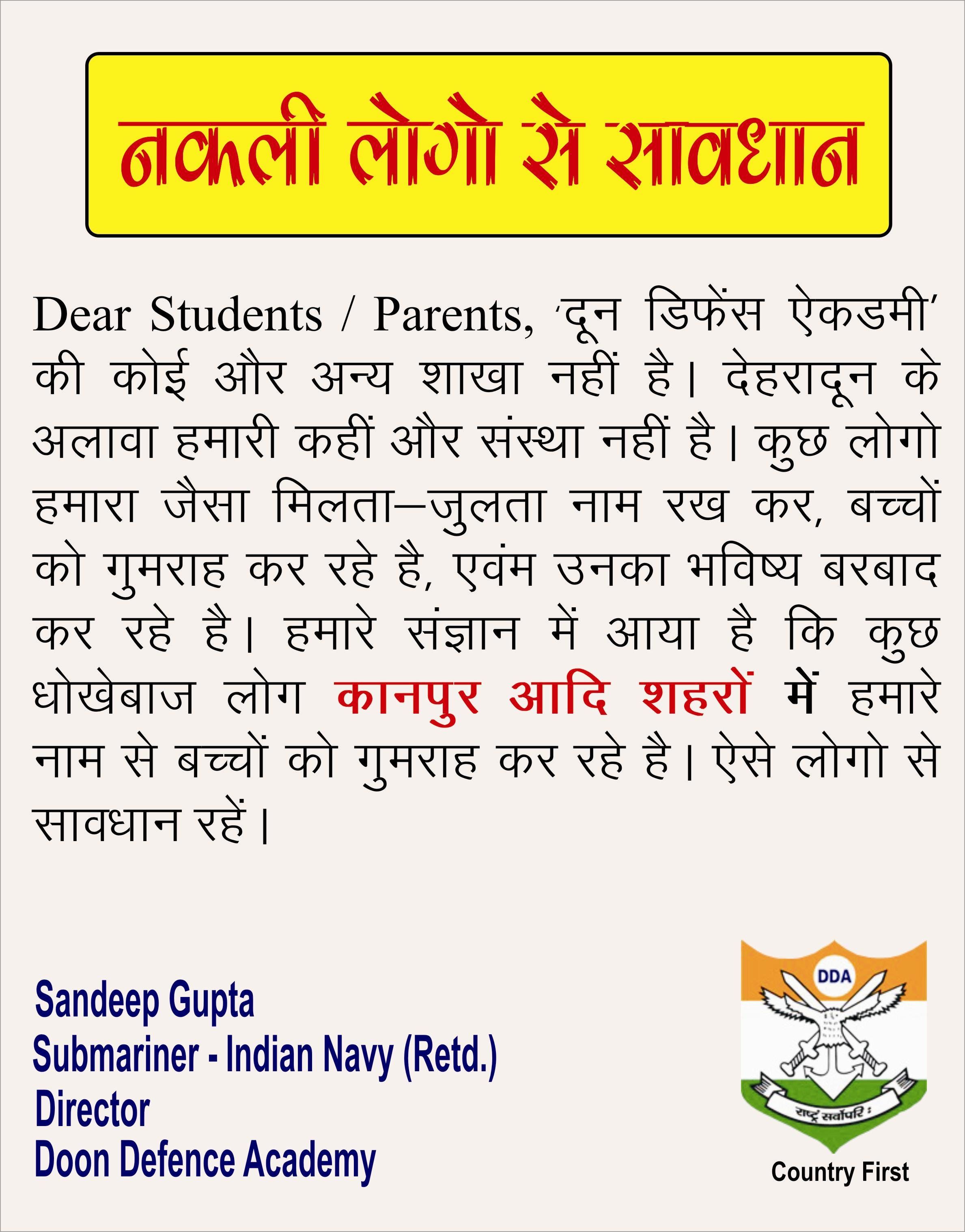SCREENING TEST
Consists of two tests, Officer Intelligence Rating (OIR) and Picture Perception Discussion Test (PPDT).
OIR – Consists of Verbal and Non Verbal Reasoning
PPDT – Consists of writing of a story based on a Picture shown followed by a discussion in a group of about 15 candidates with an aim of arriving at a common story.
CANDIDATES CLEARING THE SCREENING TEST WILL GRADUATE TO STAGE II OF SSB INTERVIEW.
 Registration Open for SSB Interview Coaching. Call – 8279640145
Registration Open for SSB Interview Coaching. Call – 8279640145
PSYCHOLOGICAL TESTS
Thematic Apperception Test (TAT)
CONDUCT:- This is the first and most important test conducted by the psychologist. The candidates will be
shown Twelve (12) black and white pictures on the screen.
♦ Each picture will remain on the screen for 30 seconds.
♦ After that the screen will go blank for 4 minutes during which the candidate has to write his story. In this manner Eleven (11) stories are written.
♦ The twelveth (12th) frame will be blank. The candidate has to presume any picture in his mind
during the 30 seconds and then write a story on the assumed picture in the allotted 4 minutes.
What should the story have?
■ A central figure around whom the story revolves.
■ The central figure should be in positive frame of mind, and preferably match the age and Sex of the candidate.
■ The story should be written in past tense .
■ The hero should have a need/aim/problem that needs to be met/resolved.
■ The hero should be able to achieve the above in the final out come
Word Association Test (WAT)
CONDUCT:-
- Candidates are shown 60 simple words on the screen, one after the other.
- Each word is displayed on the screen for 15 seconds.
- The candidate has to respond to each word while the word is displayed for 15 seconds.
- The response has to be preferably a short sentence
What is expected?
- Candidates should preferably express the thought or idea that comes to his/her mind on seeing the word.
- The sentence should preferably be of approx 6-8 words.
- Positive responses are preferred, displaying an attitude of optimism, honesty, responsibility, patriotism etc.
- One should not display negative thoughts like cowardice, anxiety, fear etc.
- Do not have mundane and repetitive response and avoid idioms and phrases.
Situation Reaction Test (SRT)
CONDUCT:-
- The candidates are given 60 situations which they may encounter in real life at there age and in their environment as a young adult.
- The candidates are to give written response to these 60 situations in 30 minutes.
- Therefore, the candidate gets approx 30 seconds to respond each situation, but unlike TAT and WAT the time control lies with the candidate.
- The candidate has to read the situation, understand the problem (s) and give a comprehensive response in approx 30 seconds each.
What should the candidate do?
- Read each situation carefully and understand the problem (s) in totality.
- Respond to the situation in a realistic manner.
- The response should be positive and should not show escapist attitude or negative and knee jerk reactions.
- The candidates should respond in minimum possible words or else they may overshoot time in the initial situations and may be left with very little time for balance situations.
- Candidates are advised not to skip answering situations in between this show avoiding attitude.
- The response should be easily understood by the psychologist.
- Take care of your handwriting and make it legible.
Self Description (SD)
A candidate is required to write this in five paragraphs consisting of :-
♣ Opinion of Parents;
♣ Opinion of Teachers / Employers;
♣ Opinion of Friends / Colleagues,
♣ Your opinion about yourself and finally the qualities that you would like to develop in yourself.
Group Discussion (GD)
CONDUCT:-
- The GTO gives group discussion (GD) topics of general nature, keeping in mind the age and exposure level of the candidates. Two group discussions are held.
- During first GD two topics are given by the GTO and candidates are required to choose the topic they would like to discuss. For that purpose one minute of discussion time is allowed. The chosen topic is discussed for 20 minutes.
- The second GD topic is decided by the GTO himself and the group has to again discuss it for 15-20 minutes.
- The candidate should have self confidence.
- Candidates should be able to express himself fluently and rationally.
- Candidates must have sufficient knowledge of the topic being discussed.
- Candidates should not be rigid in his ideas.
- The candidates should be adaptable and should be able to react rationally under stress.
- The candidates should be logical in his approach.
- The candidates needs to be cheerful and not look stressed up.
Group Planning Exercise (GPE)
CONDUCT:-
- The GTO makes the candidate familiar with the map of the planning exercise.
- After that the GTO will read out a narrative presenting the situations/problems the candidates have to collectively resolve.
- The same narrative is handed over to each candidate for 5 minutes for him/her to comprehend the overall situation.
- Thereafter, 10 minutes are given to the candidates to make their plans individually (without any consultation) and also write it down.
- Plans made by each candidate are handed over to the GTO.
- The group is to now discuss and make one final plan agreeable to all.
- One of the candidate now represent the group and narrates the final plan, so decided, to the GTO.
What is expected?
- Has the candidate been able to grasp the situations/problems properly.
- Having grasped the situation, can the candidate deal with them in rational and logical manner.
- Is the candidate able to understand the nature and gravity of each problems in some order of priority.
- Can the candidate identify the given and available resources and put them to effective use.
- Is the candidate able to understand and manage the time required to deal with each
situation/problem separately. - Is the candidate able to provide a workable solution.
- Is the candidate able to convince others on the common workable plan.
Outdoor Tasks
Outdoor tasks comprise PGT, GOR, HGT, IO, CT & FGT.
- The GTO tests the behavior of a candidate in a group where there is no Group Leader nominated.
- GTO observes the candidates for qualities like :-
cooperation,
group affinity,
natural leadership,
planning,
initiative
and task orientation. - The tasks cannot be negotiated by an individual and need a group to cross it
- The tasks are time bound and governed by some rules.
- Helping material like wooden plank, pole and rope are given.
Progressive Group Tasks (PGT)
CONDUCT :-
- In this task there are a total of four tasks arranged one after the other with the degree of difficulty increasing successively.
- The task is explained to the candidates by the GTO and the rules to be followed are also told and explained.
- To do the task the group is provided with some helping material which are generally
one wooden plank (phatta), one wooden pole (balli) , and a rope. One load is also given which is not heavy but needs to be carried with care. - The group has to start from the start line and reach the finish line of each task as a group without touching the ground in between.
- There are a number of wooden structures spread between the start and finish line.Their placement is spread laterally and in depth in echelons. The candidates are to use these structures with the help of helping materials and cross over to the finish line to complete the task.
What is expected?
- Ability of the candidate to comprehend the problem and make best use of the helping material to complete the tasks stage by stage.
- Is the candidate helpful and cooperative.
- Is he contributing towards the common group goal.
- Ability to communicate in fluid environment.
- Does the candidate have adequate mental and physical stamina to handle stress.
- Ability of the candidate to emerge as a leader of a leaderless group.
Group Obstacle Race (GOR)
CONDUCT:-
- Four groups are pitted against each other to compete.
- There are six obstacles to be crossed by each group.
- Each group has to carry a rolled up tent, commonly called snake.
- The snake has to be carried over each obstacle along with the group.
- There are certain rules that the group has to observe, which the senior GTO explains.
What is expected
- Physical and mental stamina.
- Group cohesiveness.
- Initiative to take on the obstacles.
- Coolness of mind in a physically competitive environment.
- Ability to shoulder addition responsibility and carry the group along.
- Desire to achieve success by motivating the other members of the group.
Half Group Task (HGT)
CONDUCT:-
- The group is divided into two equal halfs and allotted only one task which is similar to the difficulty level of stage three of PGT.
- Both the sub groups are allotted similar tasks one after the other.
- The balance conduct is similar to PGT.
DDA SSB Interview Experts Team
- Ex- President of SSB Selection Board, Varanasi and Dehradun
- 7 Years Experience in SSB Selection Board
- 33 Years of vast experience of Naval service
- Qualified GTO & Technical Officers (TO) course
- Ex- Senior selector of SSB Bhopal, Bengaluru and Coimbatore
- Vast Experience of SSB GTO and PD Classes
